1. Rotary Phones
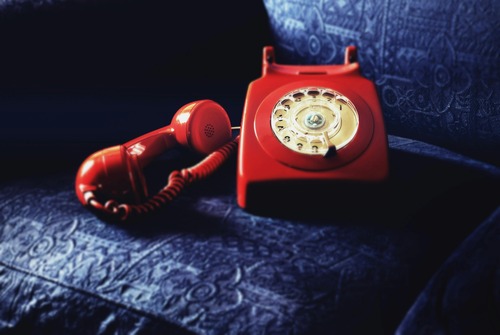
Before sleek smartphones, calling someone meant dialing each number on a rotary phone. The slow, deliberate process required spinning the dial and waiting for it to return before moving to the next digit. If you messed up, you had to start all over again. These phones were usually mounted on the wall or sat on a side table, and a long, tangled cord was part of the experience. Forget speed dialing—if you wanted to call a friend, you had to be patient. And if someone else was using the line, you’d just have to wait your turn shares MSN.
Answering machines weren’t common yet, so missing a call meant missing out. If you were lucky, your parents wrote down messages on a notepad next to the phone. There was no caller ID, so you had to pick up and hope it wasn’t a telemarketer or your teacher calling home. But there was something satisfying about that loud, clicking sound of the dial spinning back says Southern Living.
2. Encyclopedias

Before Google, encyclopedias were the go-to source for any school project or random curiosity. These massive books were sold in sets, usually taking up an entire bookshelf in the living room. Parents invested a small fortune in them, believing they were essential for their kids’ education. If you needed to look something up, you’d flip through the index and manually find the right volume explains Britannica.
Information didn’t update instantly like today’s Wikipedia pages, so by the time a new set came out, some facts were already outdated. Still, they were a badge of honor in many homes, symbolizing knowledge and education. Researching something meant physically turning pages, not typing a question into a search bar. It was a slower process, but it made finding the answer feel like an accomplishment.
3. TV Test Patterns

Back in the day, TV didn’t run 24/7. Late at night, after the last program ended, a test pattern would appear on the screen, usually featuring colorful bars or a strange geometric design. It was often accompanied by a long, steady beep, signaling that it was time to turn off the TV and go to bed says News 9.
There were no endless streaming options, and if you missed a show, you just had to wait for a rerun. Some channels played the national anthem before shutting down for the night. It was a weird reminder that television wasn’t always an around-the-clock distraction. Waking up early before programming started meant staring at the test pattern and waiting for the morning cartoons to kick in.
4. Milk Delivery

There was a time when fresh milk wasn’t something you picked up at the grocery store—it was delivered straight to your door. The milkman would leave glass bottles on the porch in the early morning, and you’d return the empties for refills. It was a routine part of life, with families relying on the delivery service to keep the fridge stocked.
Some households even had built-in milk doors, small compartments in the wall where the milkman could leave the bottles. Eventually, grocery stores and refrigeration made home delivery less common. But for boomers, the sight of a milk truck rolling through the neighborhood was a regular part of childhood. The clinking of glass bottles was a familiar sound, and the milk always tasted fresher than anything from the store.
5. Card Catalogs
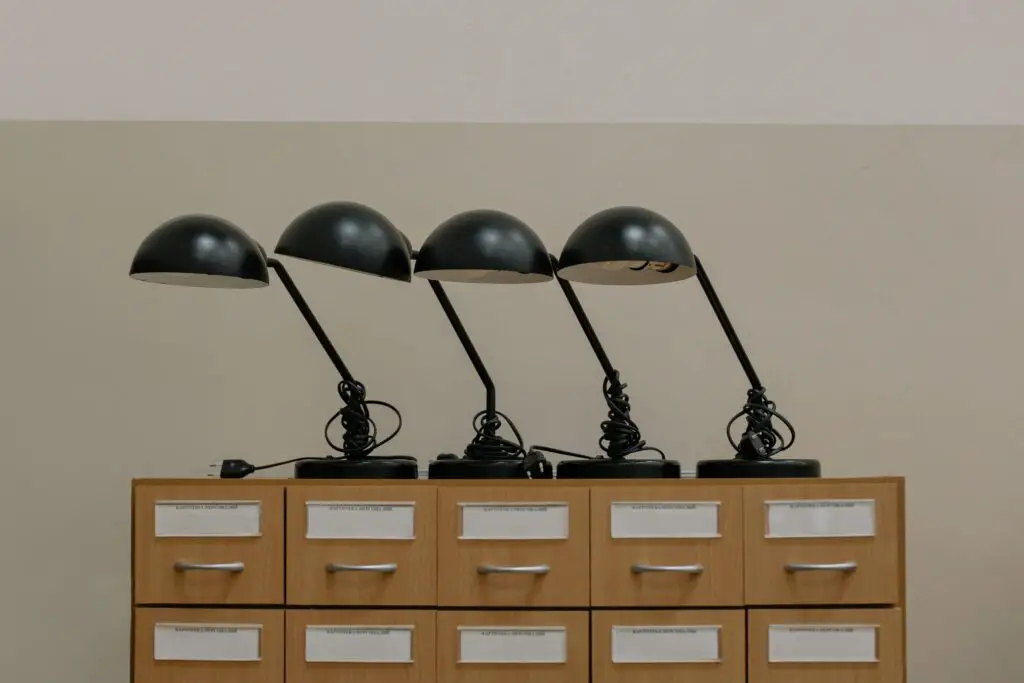
Libraries today have sleek digital search systems, but for boomers, finding a book meant flipping through a massive card catalog. These wooden cabinets were filled with tiny drawers, each packed with handwritten or typed index cards. You had to know how to use the Dewey Decimal System to track down the book you wanted.
It was a tedious process, but it made every successful book hunt feel like a victory. If you couldn’t find what you were looking for, a librarian was always there to help decipher the system. The cards themselves often had a musty smell, and the drawers made a satisfying clatter when pulled open. While digital searches are undeniably faster, there was something rewarding about the hands-on method.
6. Metal Ice Cube Trays
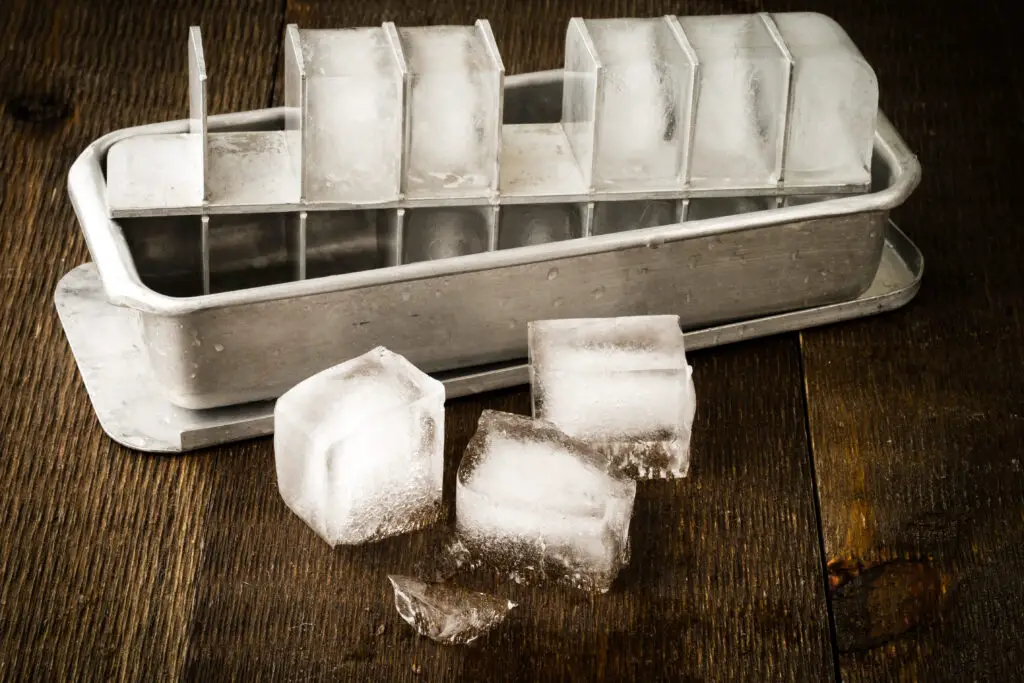
Before plastic trays and automatic ice makers, ice cubes came from heavy-duty metal trays with a lever. Filling them was easy, but getting the ice out was a different story. You had to yank the handle, which would crack the ice and send cubes flying. If you didn’t pull hard enough, the cubes stayed stuck, forcing you to wrestle with the tray.
They were cold, clunky, and sometimes left a metallic taste in the ice. But they were built to last—unlike today’s plastic trays that crack after a few uses. Every boomer remembers the struggle of trying to pry out ice without splashing water everywhere. It wasn’t the most convenient system, but it got the job done.
7. Party Lines
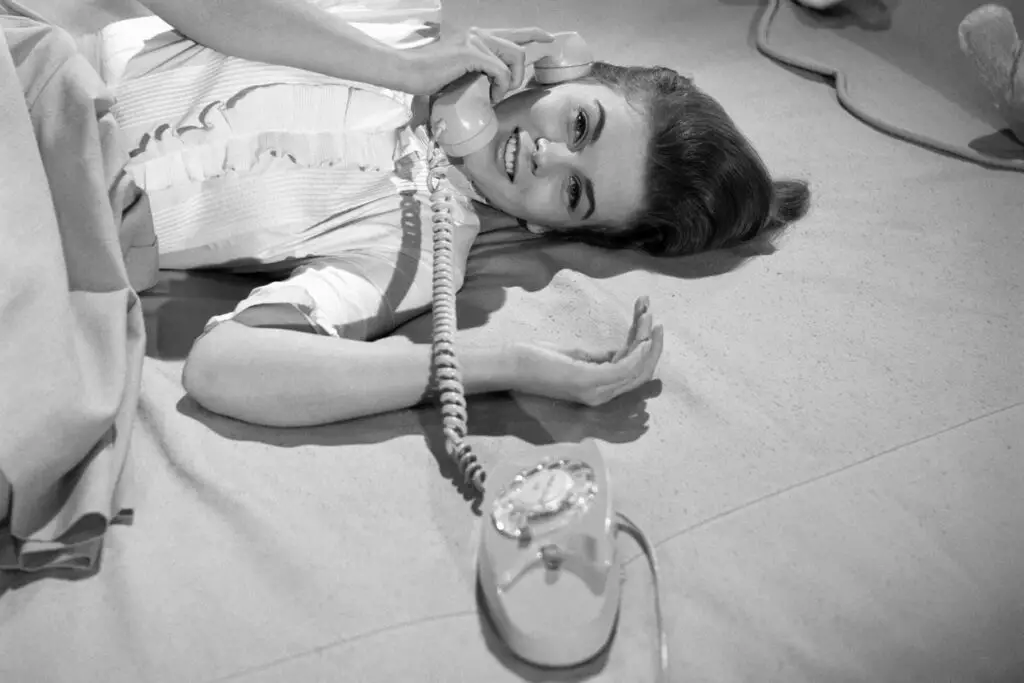
Having a landline today is rare, but back then, it wasn’t just your family using the phone. Party lines were shared between multiple households, meaning anyone on the network could pick up and listen in. There was no privacy, and sometimes you had to wait for a neighbor to finish their call before making yours.
Eavesdropping was common, and some people even joined in on conversations uninvited. Kids learned to whisper if they didn’t want the whole neighborhood knowing their business. Eventually, private lines became standard, but for years, party lines were the norm. It’s hard to imagine today’s teenagers putting up with that kind of shared communication.
8. Flashbulbs for Cameras
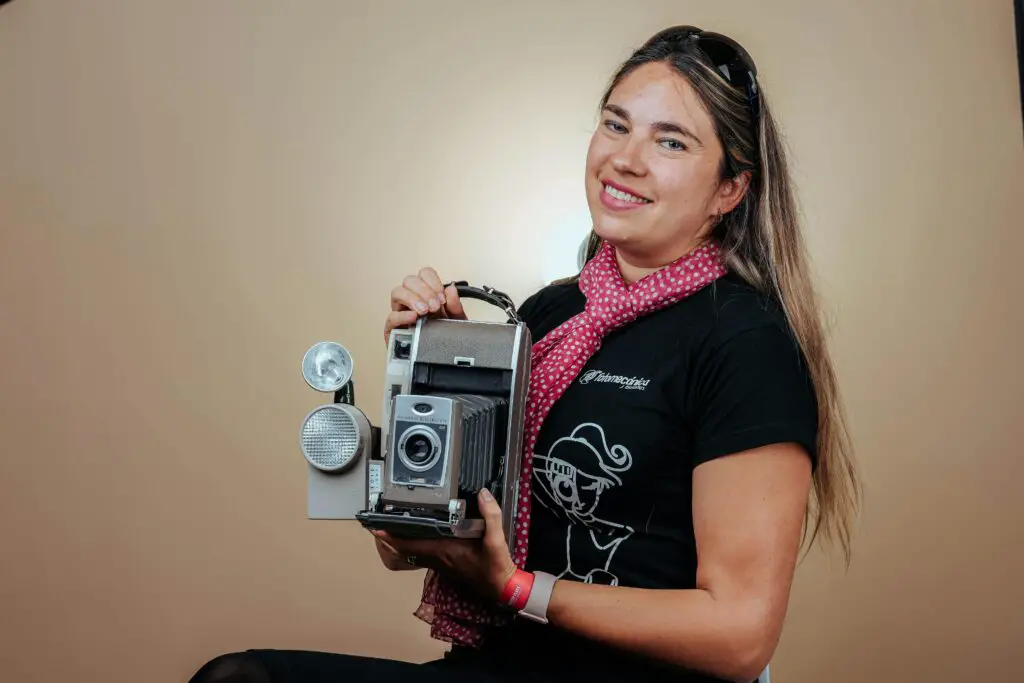
Taking pictures used to require more than just pressing a button. Cameras needed flashbulbs, which were single-use and had to be replaced after every shot. These little bulbs would pop with a bright, blinding light, sometimes leaving spots in your vision.
They were expensive, so people saved them for special occasions like birthdays and holidays. If you ran out, you simply couldn’t take any pictures until you bought more. It was a far cry from the endless storage of a smartphone. Every photo counted, and there was no checking it immediately to see if it turned out okay.
9. Typing on a Typewriter
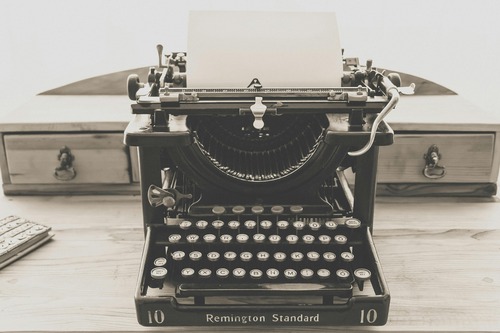
Typing on a typewriter required real effort. If you made a mistake, there was no backspace—you either had to start over or use correction tape. The keys had a satisfying clack, and the carriage return made a distinctive ding when you moved to the next line.
Unlike modern keyboards, typing for long periods could leave your fingers sore. Still, there was something charming about the rhythmic sound of a busy typewriter. Writers had to be deliberate, since editing was a hassle. Despite their bulkiness, typewriters had a certain magic that laptops just don’t have.
10. Drive-In Theaters
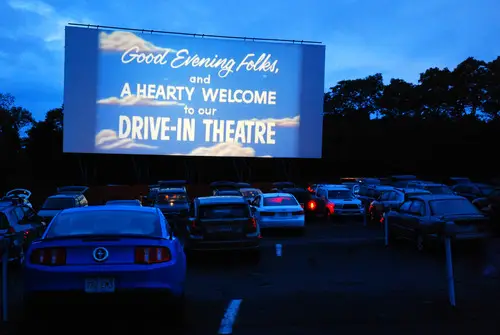
Before home video, going to the movies often meant piling into a car and heading to a drive-in. Families and couples parked in front of a giant outdoor screen, watching movies from the comfort of their car. The sound came through a speaker attached to the window, and if you got hungry, you walked to the concession stand for snacks.
Mosquitoes were a problem, and foggy windows made it hard to see sometimes. But there was something magical about watching a film under the stars. Kids could wear pajamas, and no one minded if babies cried or people talked. It was a casual, fun way to experience movies—far from today’s IMAX and 3D screenings.
11. Cigarette Vending Machines
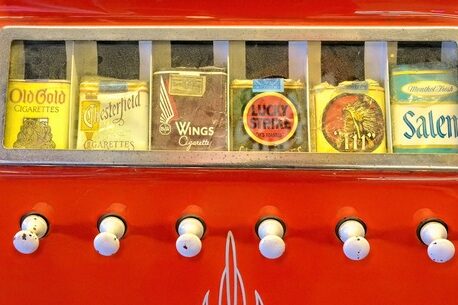
Seeing cigarette vending machines in restaurants and hotels was once normal. Anyone with enough change could buy a pack, no questions asked. There were no age restrictions like today, and kids often bought cigarettes for their parents.
These machines slowly disappeared as smoking regulations tightened. It’s hard to imagine a time when cigarettes were so casually accessible. Today, they’d be seen as a relic from a less health-conscious era. But for boomers, they were just another part of the background.
12. Gas Station Attendants
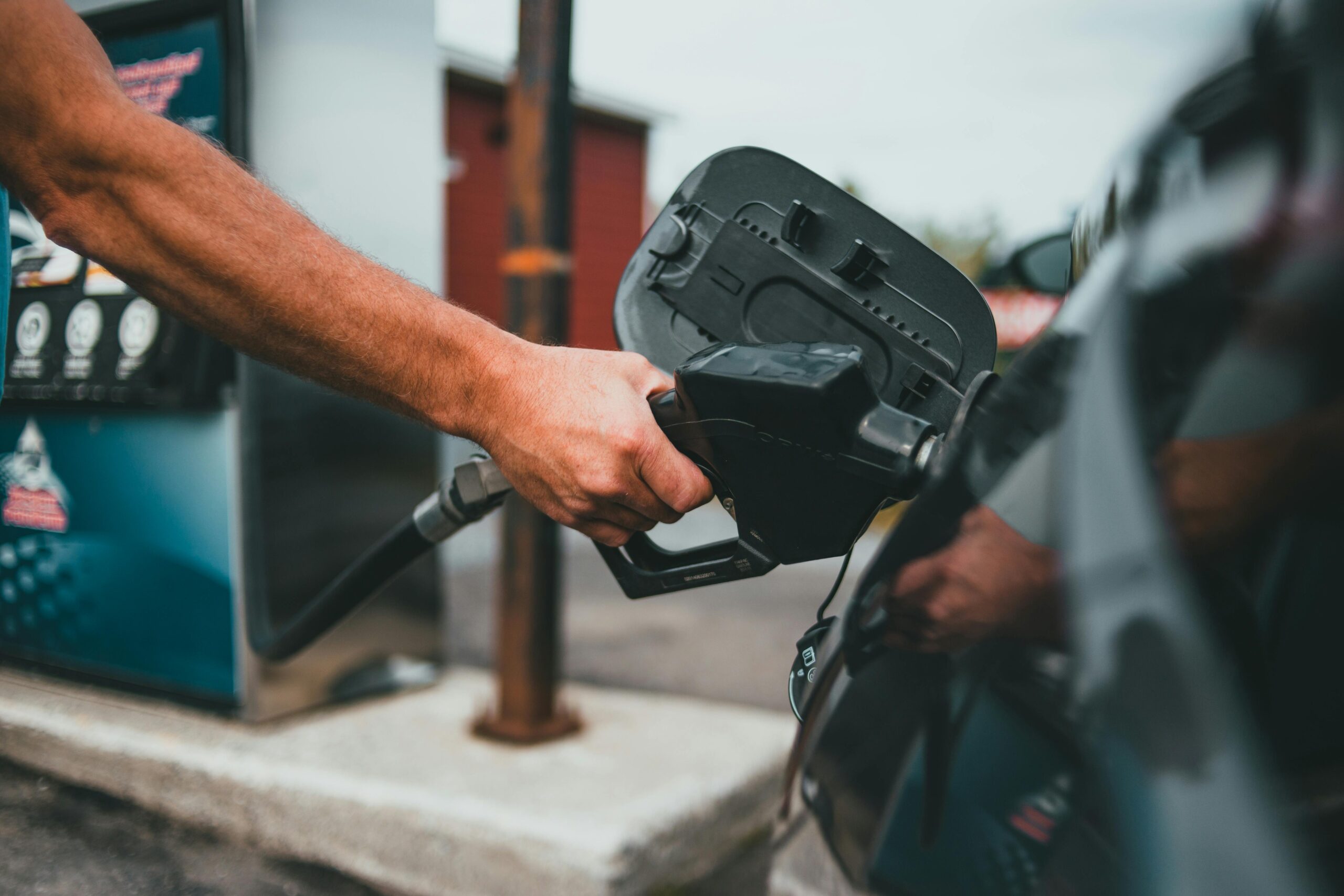
Filling up your tank used to be a full-service experience. Gas station attendants pumped the gas, cleaned the windshield, and even checked the oil. You never had to leave the car, and tipping wasn’t expected.
Self-service eventually took over, making attendants rare outside of a few states. But there was something nice about the personal touch. It made gas stations feel more welcoming instead of just a quick stop. Boomers remember when a simple fill-up came with a friendly chat.
13. TV Antennas

Before cable and streaming, watching TV meant adjusting a set of rabbit ears on top of the television. These metal antennas needed constant tweaking to get a clear picture, and sometimes just standing in the right spot helped. If the signal was weak, wrapping the antenna in aluminum foil was a common trick. Some people even resorted to holding the antenna at odd angles just to keep their favorite show from turning into static.
Changing the channel wasn’t as easy as scrolling through a menu. You had to physically turn a knob, which made a loud clicking sound. And if you wanted to watch something from another city, you might have to reposition the whole antenna or wait for the weather to cooperate. It was frustrating, but somehow, everyone just accepted it as part of the TV experience.
14. Green Stamps
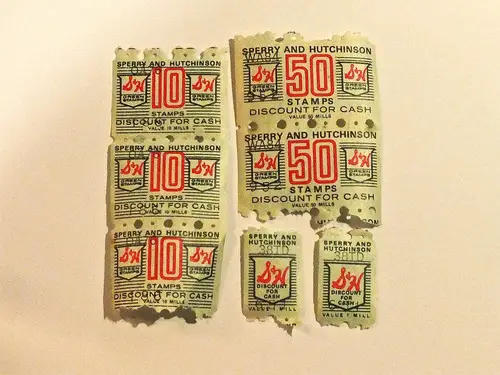
Shopping used to come with a little bonus in the form of Green Stamps. These were loyalty stamps given out at grocery stores and gas stations, and collecting them was a big deal. Shoppers pasted them into booklets, saving up enough to redeem for household items, toys, and even furniture. The catalogs were filled with all kinds of prizes, making the whole thing feel like a game.
Families took Green Stamps seriously, sometimes choosing stores based on where they could earn the most. Sitting at the kitchen table and carefully pasting stamps into the books was almost a ritual. It felt satisfying to finally save up enough for something special. While rewards programs still exist today, they don’t have the same hands-on charm as those little green stamps.
